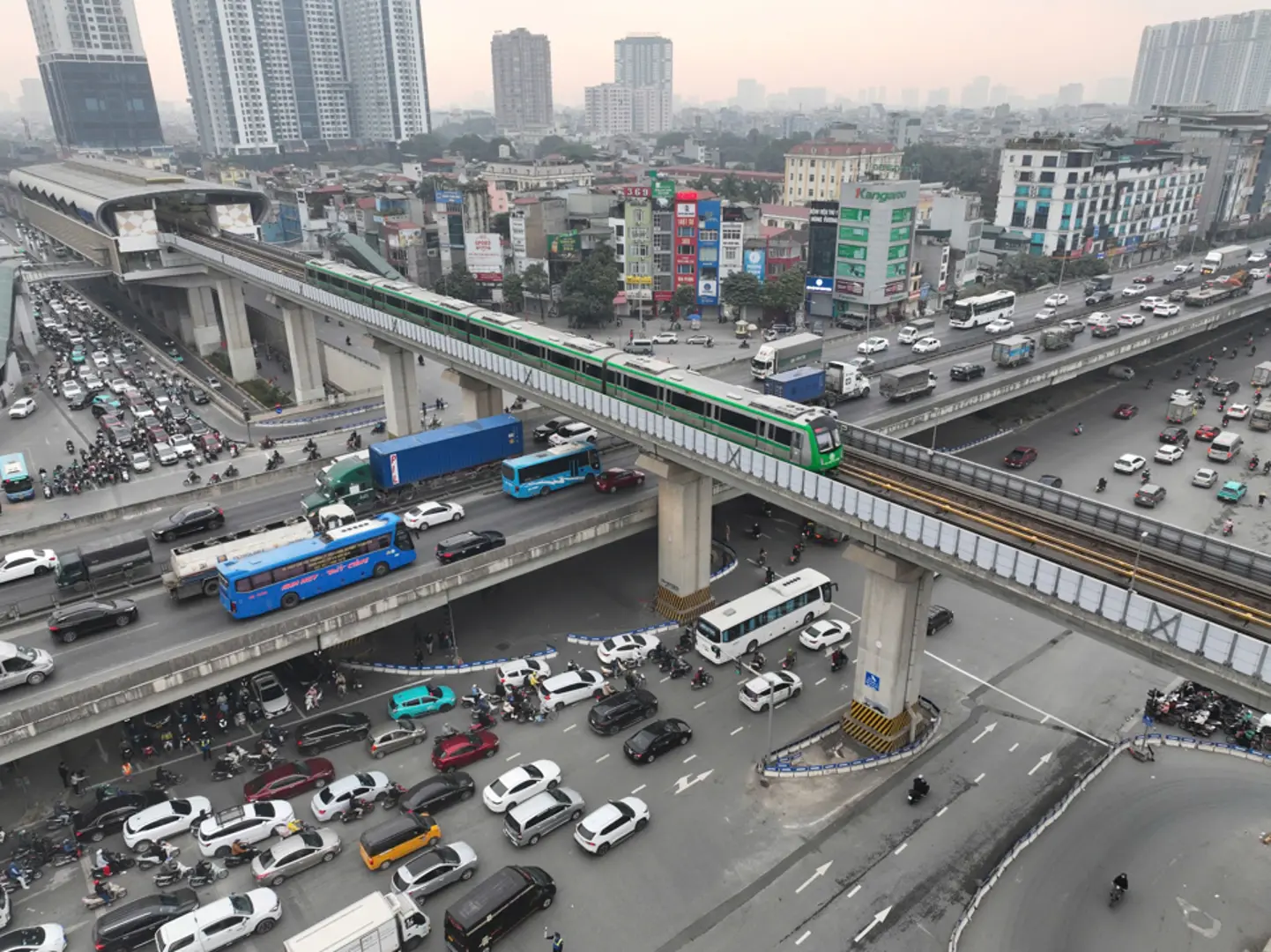Mekong Delta faces freshwater shortage
The salinization and scarcity of fresh water is expected to cause severe damage to the local farmers in the Mekong Delta region.
Low river flows and saltwater intrusion are predicted to continue to weigh heavily on the Mekong Delta region. Local authorities and people are warned to take proactive approaches to ensure water security for socio-economic activities.
| A sluice gate in Vung Liem District, Vinh Long Province. Photo: Vietnam News Agency |
Dams along the Mekong River are reducing and endangering the freshwater supplies of downstream countries such as Vietnam.
The southern region of Vietnam also faces the risk of coastal landslides, increasing the likelihood of salinization amid a freshwater shortage.
The National Center for Hydro-Meteorological Forecasting and international agencies predict that rainfall in the region in May 2024 will be 20-30% less than the average of previous years.
While water flows will remain low in certain sections of the river, Vietnam's National Mekong Committee expects the river's flow to vary from section to section.
According to Vietnam's National Mekong Committee, the river's flow in Cambodia's Kratie province will range from 8.9 billion cubic meters to 10.7 billion cubic meters in May 2024, and the river receives little supplementation from the freshwater Tonle Sap Lake.
The committee projected that the maximum water levels measured in Tan Chau Town and Chau Doc City in An Giang Province could range from 0.9m to 1.4m, depending on the ties. The average daily flow through the two areas in May will range from 3,200m3 per second to 5,200m3 per second, lower than last year but higher than 2020.
In addition, the total water flow through the two cities in May may reach 9.7-11 billion cubic meters, which represents an annual drop of 7-18% and 19-28%, respectively, from the average of previous years. The figure is 16-30% higher than that recorded in 2020.
Lower water flows could put Vietnam's Mekong Delta at risk as salinization worsens, threatening livelihoods and socio-economic activities, the committee said.
As salinization worsens, the 4‰ salinity boundaries in the main rivers of Tien, Hau and Vam Co Tay will intrude as far as 40-110 kilometers, the committee predicted.
Tran Ba Hoang, director of the Southern Institute of Water Resources Research, warned about water security in the southern region. He advised local authorities in the delta to update the latest data and develop policies to arrange crops and build an efficient irrigation network to deal with possible droughts and salinization.
The director also recommended that southern localities and households should store freshwater and prepare for harsher conditions. Authorities in coastal areas should build facilities to control salinity, collect fresh water, and proactively transfer fresh water to water-scarce areas with high economic potential, such as shrimp farming areas.
According to the forecast of the Southern Institute of Irrigation Science, the frequency of large floods in floodplains has greatly decreased (about once every 10-15 years, and in the future, when upstream countries complete the construction of reservoirs with a total capacity of about 110 billion cubic meters, large floods would occur once every 90-100 years). Medium and small floods would be more frequent, so production in floodplains will have to change accordingly to make the best use of land and water resources with appropriate agrarian economic models.
According to the Southern Institute of Irrigation Science, saltwater intrusion tends to become more intense, abnormal and frequent while irrigation system solutions are under construction. Therefore, in order to minimize damages, the Mekong Delta provinces must continue to strengthen non-structural solutions, develop drought and saltwater intrusion scenarios in the region, and take appropriate response measures.
Experts recommended that it is necessary to strengthen and modernize the monitoring and updating of bulletins of specialized forecasting agencies for crop management, facilitating information on water sources for people for them to change short and long-term production; flexibly adjust the production schedule according to each season and each year; change and adjust production patterns toward less use of fresh water and encourage people to store water in ponds and ditches in orchards and fields (for rice) before the saltwater intrusion.
"The Mekong Delta provinces need to review and complete the operation process of existing irrigation systems to improve the functioning and connectivity of water sources in the region to increase the efficiency of land and water resources utilization and irrigation works," said Tran Ba Hoang.

Paddling along Mekong River: Adventure full of surprises
The Mekong Paddle Adventure has become more than just a journey for four American kayakers because in addition to their original goal of raising money for local charities, they had the chance to experience other cultures and enjoy their time with river angels.

Vietnam committed to promoting sustainable Mekong – Lancang region
Vietnam will work with partners to build a green, sustainable, and inclusive Mekong-Lancang region, ensuring harmony between the present and the future, economic growth, and environmental protection.

PM urges Cambodian cooperation to promote sustainable use of Mekong River
Cambodia is committed to promoting relations with Vietnam, considering unity as a shared victory between the two countries.

.jpg)

















